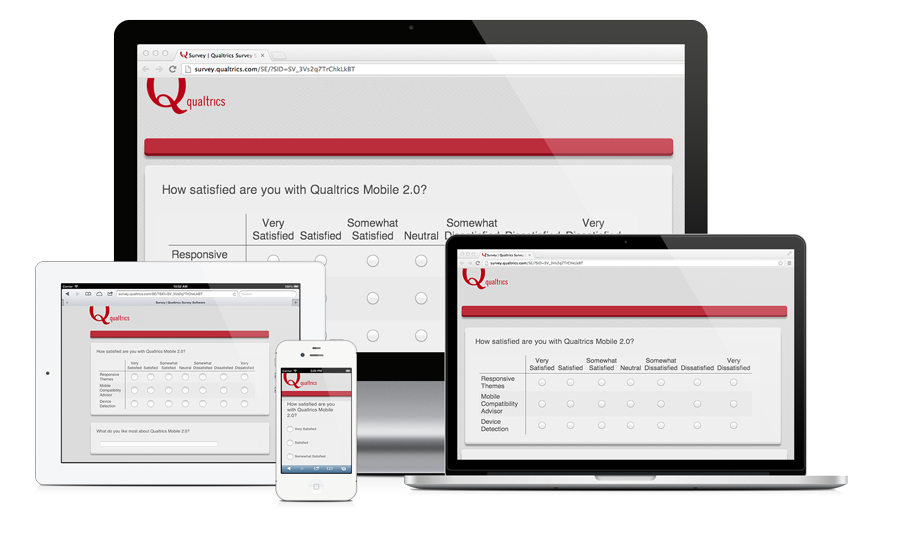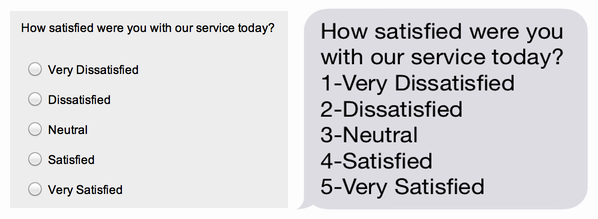As data, analytics and metrics become more and more important for businesses of all sizes, we hear from Qualtrics EMEA Growth Leader, Des Martin, on how to determine the best customer feedback channel for your digital business
Building a successful voice of the customer (VoC) program requires patience and commitment. It takes time to develop out all of the essential elements that make ordinary companies into masters of customer experience, but it’s worth the work. A recent Temkin Report stated that happy customers are five times as likely to repurchase and three times as likely to recommend a company or business than unhappy customers. Turns out happiness is contagious.
The metrics that spell customer experience excellence will be unique to your organisation, and after you’ve identified what success means, it’s important to decide how you will collect feedback from your audience. Choose a data collection method (or more than one!) that works best for your organisation, but remember, the method you choose can make a big impact on the quality and quantity of your data.
Types of Customer Feedback Channels
There are two customer feedback channel categories: solicited and unsolicited. Solicited channels are used by companies to actively seek out customer feedback, while unsolicited feedback is collected by sources outside your control. Today, I’m going to cover solicited feedback channels and we’ll cover unsolicited channels in a future post.
Here are a few examples of solicited feedback channels your company can use:
Email Survey – Survey links within emails have an average response rate of 10 percent. While that may seem low, email is still the most common way for companies to proactively gather feedback for several reasons. For starters, per-response, it’s the cheapest way to collect feedback because email is free, requires minimal effort to reach a large number of respondents and is universally used. In addition, you can customise the design of your email survey to make the experience simple and engaging for your customers. Keep your email survey to 20 questions or fewer to increase response rates. And with most modern software, surveys can be optimised for mobile to create the same experience across desktop, tablet or smartphone.
Email with Embedded Questions – Embedding the first question of your survey into the actual body of your email is a good idea, especially if you’re trying to collect a high-level metric such as NPS. Response rates for embedded surveys tend to be higher and it’s a great way to engage your respondents right out of the gate. This is something you can do with Qualtrics and a little-know feature that is definitely under-utilised. In every other aspect, this method is similar to emailed surveys.
Text Message (SMS) Surveys – Sending surveys via SMS (or text message) is a great option to collect limited feedback if your company has access to customer cell phone numbers. SMS surveys are slightly more expensive than other options because of carrier fees, but open rates on these surveys tend to be much higher. In fact, Internal Qualtrics research indicated that open rates are as high as 98–99 percent with response rates around 30–45 percent, depending on your industry. Keep SMS surveys to five questions or less best results. If you’re hoping to gather more in-depth information, you can also send a short link to your online survey in the body of the text message.
Web Intercept – If your company has high website traffic, consider using website intercepts to push or pull information to users based on their activity on your site. This is a great method to get quick feedback from your website visitors or online application users.
Phone Interviews – There are two common types of phone interviews: calls made by an actual person and automated polls. Interviews have higher completion rates (around 85 percent), but automated polls tend to be more consistent. Collecting responses via phone interviews can be slow, however, and it may be difficult to collect any information that could be seen as personal or controversial. I’ve also seen Qualtrics clients use surveys as their script in the call centre. It’s a perfect way to have the script automatically update (with display and branch logic) based on the customer response.
To get starting building your customer satisfaction survey, download our free templates.






